A New Balance
It is widely accepted and scientifically proven beyond substantial doubt, that Earth has existed for about 4.600 million years and that the first specimens of our taxonomic tribe, the Hominini appeared only around 6 million years ago(!). It took another 5.7 million years to arrive to our direct ancestor, ironically named Homo Sapiens, that stemming from Africa started colonizing the rest of the planet about 70.000 years ago while signaling the end of the Megafauna’s short-lived supremacy. Quite a few thousand decades passed and by 13.000 BCE humans were present in most parts of the planet creating permanent settlements that lead to the First Agricultural Revolution (also known as Neolithic Revolution) domesticating diverse animal and plant species. Since then it has been a rapid descent towards a disequilibrium between humans and the rest of the planet, of which of course humans are also a part of. It took us just the last 200 years to arrive from 1 billion specimens to almost 8 billion today while boasting the title of a species that can bend nature to its will (or so we would like to believe).
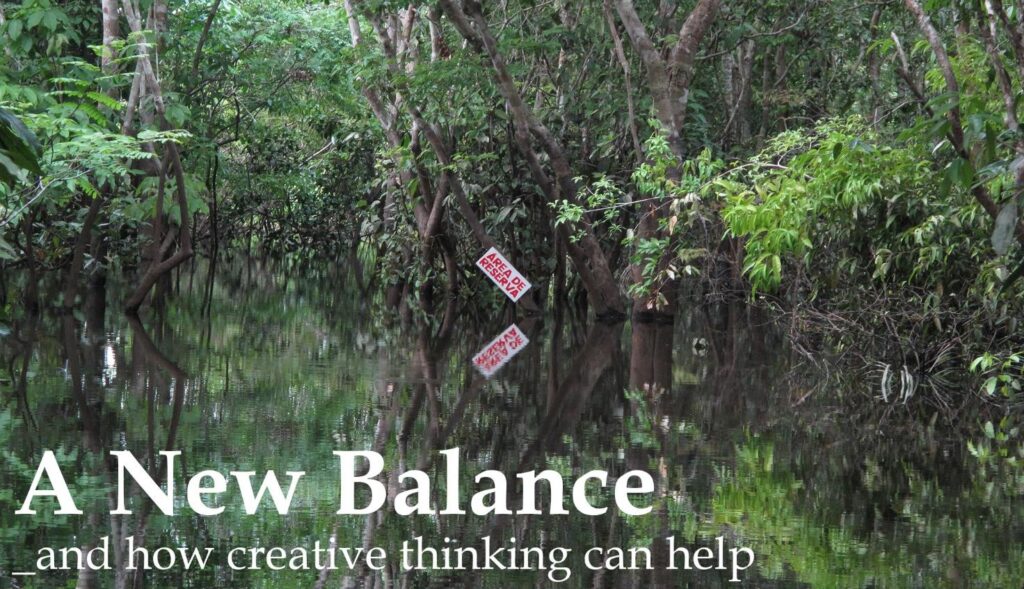
It is also widely known that Earth has gone through long cycles of transformation throughout its long existence and life disappeared almost completely more than once. As a matter of fact, Earth has passed five major Extinction events and we are in the midst of the 6th and the first one whose cause is a species of this planet: us1. All the other ones where triggered either by global freezing or overheating as well as violent large asteroid collisions. During our very small timespan on Earth, we have instead created a phenomenon of mass extinction affecting a surprisingly large number of organisms and we are only getting started. We are continuously using more resources than what the planet is able to replenish2 while we have created unhealthy environments for ourselves and the other species currently inhabiting this world. Earth does not ‘care’ what will happen to its surface, it will continue its slow and relentless cycles regulated by its fiery core and the sun, its main energy source and its gravitational master with whom its life is intertwined. We are in fact the only ones that should care, since this planet, with its impressive biodiversity, suits our needs very well (we can thank Darwinian Evolution for that) while making our existence possible.
1 to get you started on Extinction have a look here: https://issuu.com/ctrlzak/docs/ctrlzak_extinction-research and for a more creative-informative approach here: https://www.ctrlzak.com/projects/extincto & here: https://issuu.com/ctrlzak/docs/extincto_catalogue_a4-final_updates
more in the Bibliography section below
2 you can get a good idea here: https://www.footprintnetwork.org & here: https://www.overshootday.org together with other useful information regarding humanity’s Ecological Footprint on planet Earth
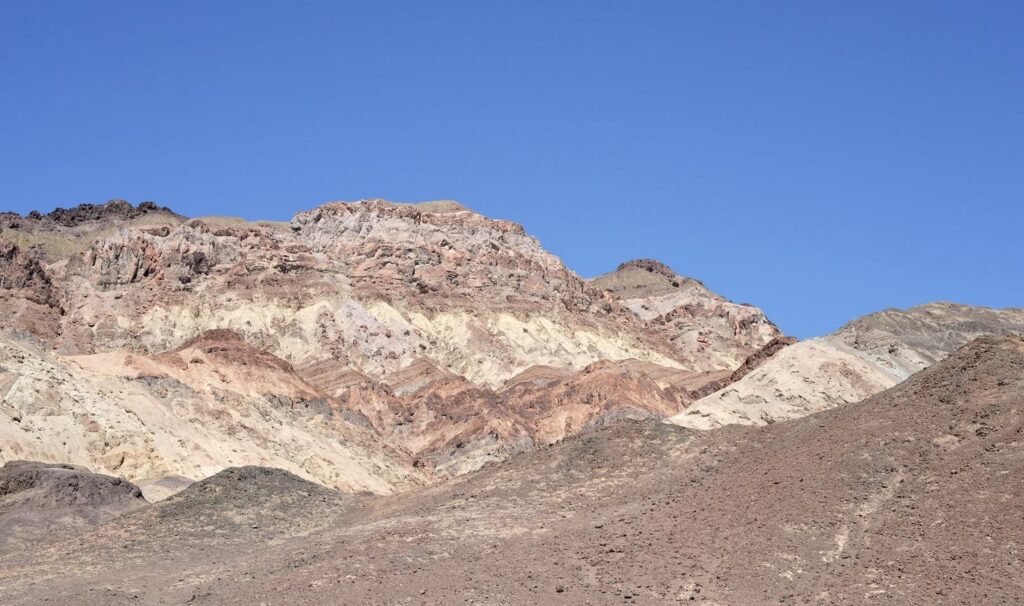
It is also unfortunately widely accepted that we are destroying the ideal conditions for human life that can be found on this planet in this very age we are experiencing (one of the interglacial periods of Earth’s continuous cycles which is estimated to last for another 50.000 years more or less). It is very uncertain what will happen to humanity within the next 1.000 or even 100.000 years from now (still a small number on Earth’s timeline) and whether it will succeed to live in symbiosis with this planet or will try to colonize other ones, and in doing so making fundamental compromises. Nevertheless, we live in what we perceive as our hic et nunc, our ‘eternal present’ that carries us through our biological existence within Timespace. Seen from a cognitive perspective it would be what we perceive as our very own reality, what we identify as our lives. During these lives — if we get lucky — we experience diverse phases of our biological development and acquire new knowledge through interaction with our environment. The goal, instinctive in all of us, is to survive as long as possible and to leave behind as many descendants as we can, in order to ensure the continuation of the species (not necessarily the case anymore…). Humans have surpassed the problems related to these fundamental necessities extending by far their natural life expectancy and treating most of the ailments and diseases that befall them. Thus, even though that may not exactly be the case for the majority of the human population, humanity’s numbers thrive and will probably be on the rise for a few more years to come. We are all living on and taking from this planet anything we desire but we give almost nothing back, apart from our corpses when we die or our excrements -which are though polluted by chemicals from the water we use to flush them down. In doing so we are risking to lose much more than our comfortable lives and I am referring of course to us, the lucky ones that don’t really have to worry about our everyday survival. ‘Comfortable’ lives that allow us, among other things, to generate culture (through creative thinking), advance human thought (through philosophical debate) and even increase our knowledge of the natural world (through scientific research).
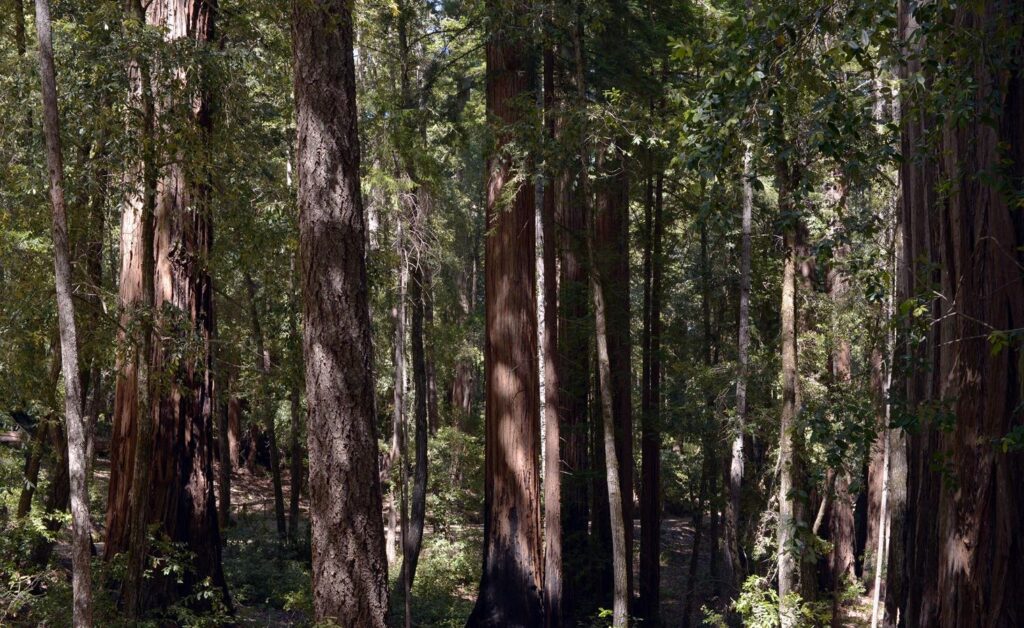
Humanity has so far acted instinctively, in the broader sense of the word, until very recently. Even today it is difficult to imagine limiting our actions because we are destroying the natural habitat of a species that we have never seen or even know it existed before. The difference is that now we know that regardless of our immediate relationship or lack of it with another fellow species we are all connected on this planet, in one way or another. Our actions affect drastically the surface of the globe and in return ourselves, with consequences that we are witnessing right now. If this direct argument though, backed by the majority of the scientific community, is not convincing enough I propose another one, a more ‘humane’ if you like. We should learn to respect Nature in all of its expressions. Given our current intellectual capacity and civilization advancement we are able to appreciate its intricate beauty and comprehend the importance that all life forms have. However, we never truly ponder upon our everyday actions that require the continuous sacrifice of a multitude of life forms for our own wellbeing. Nowadays many people advocate animal rights (usually referring to the ones that humans have domesticated) while being critical of people that enjoy hugging trees. How is one living organism different from the other? What is actually considered a living organism? These are questions that Philosophy & Science3 are starting to tackle seriously and the initial consensus is that almost everything around us is alive in one way or another. Each single species has its own way to interact with the environment while possessing its own kind of intelligence, attributes that until rather recently were thought to be found only in humans. This line of thought is encountered in the Philosophy of Mind in the view of Panpsychism, a rather old doctrine manifested across the centuries in diverse cultures, which has regained significant ground in recent years. Very generally speaking, Panpsychism is the view that mind or a mind-like aspect is fundamental and ubiquitous in the natural world. Furthermore, Panpsychism offers a satisfying account of the emergence of human and animal consciousness within a unified conception of nature.4 Regardless of its validity, Panpsychism makes an interesting point for reflection and the latest Biological findings, regarding the complex ‘societies’ that many species live in and the way they act during their lifetimes, make it all the more substantial food for thought.
3 in particular through Biology’s most recent research fields which include Cognitive Biology, Ecology, Evolutionary Biology, Marine Biology, Neuroscience and even Quantum Biology
4 for a more comprehensive analysis on Panpsychism and an excellent related bibliography you can consult Stanford’s Encyclopedia of Philosophy here: https://plato.stanford.edu/entries/panpsychism
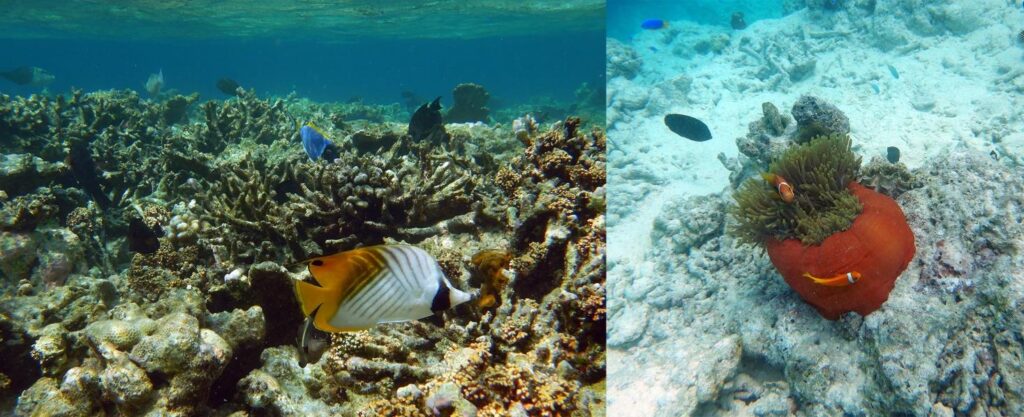
In order to sustain ourselves we require to consume other species, as do many other life forms on this planet, but we alone consume an excess of resources not directly related to our survival. Earth could probably sustain us nonetheless for many years to come, if we manage to limit our population to no more than 10 Billion, but only if we do it in a sustainable way. A way that is based on comprehension and respect, something which can only be achieved through gradual education to the point where it becomes the norm and a fundamental part of all our institutions and social structures. It is a rather utopic notion to start with but the only one we can pragmatically hope for since humanity will not forego its’ hard-gained luxuries so easily. In order to achieve this new balance though, the three large disciplines that form the pillars of humanity — Art, Philosophy & Science — much convene and steer the human race. In the last 3000 years we have achieved remarkable feats in diverse areas and all this has been possible mainly through our capacity to imagine, generate novel thoughts based on past experience. Humans have created their intricate social structures by inventing myths and sharing stories. Myths can become strong conventions when many people accept them as realities: this is how we gave birth to religion, money and other forms of representative exchange as well as so many other stories that promoted ‘development’, ever since humans gained a good command of language and other forms of expression (painting, music etc.).
Nowadays we have a plethora of stories for every single aspect of our lives and we keep inventing new ones, while promoting them with more and more imaginative ways. This is also how our consumer-based societies function. Having satisfied our basic needs -nutrition, shelter & protective clothing- we are continuously bombarded with information urging us to amass more things that, while sometimes can make our lives easier, most of the times we have no real need for, may it be biological or spiritual. As argued above, a ‘comfortable’ way of life can help society develop further and thus questions arise concerning where we draw the line between what could be beneficial to us and what not and towards which direction we want to develop our civilization. There are no absolute answers to such questions, but I believe that at the base of all this lies awareness. Laws can help up to a certain point the development of societies but laws are also written and applied by humans that can (and often do) distort them even if they are beneficial to society as a whole. Unless we are able to instill a true sense of awareness to the majority of humans, things will never change. Early age education plays a large role in this but it is certainly not enough on its own. Right now, a collective shift towards awareness is needed and the best suited ambassadors for such a shift are people with creative skills, the ones that are experts in storytelling and myth creation. Only this time round there is no need for imaginary myths, nature provides all the inspiration needed (it always has done anyway) if only one is slightly curious to search for it. It all starts with a question and this question usually generates more questions that lead consequently to increased awareness. Unfortunately, people in our contemporary materialistic societies are often lazy and do not want to spend their short lives trying to comprehend the world they live in, they prefer instead to have carefree lives accepting what is thrown at them indiscriminately (as the saying goes: “ignorance is bliss”). ‘Superficiality’ seems to be the hashtag that describes our contemporary societies best: we like to remain on the surface (and I am not referring to Earth’s crust) without digging even slightly below ground. So how can this situation be transformed? The answer is simple but its implementation very far from it. We have the chance to behave in a more conscious manner across all fields of human activity, but we need conscious people capable of passing the message across to act unhindered. This is not enough on its own though; these people in turn need to gain further awareness themselves in their own fields of interest and here is where Science plays an important role. Scientific research feeds true awareness, while creative expression communicates it. These fields (Science & Art) need to be closer to each other more and more, even though in most people minds they may seem far apart. At the core of this r-evolution lies critical thought. In order to educate humans to truly be conscious beings we need open minds, free of precognitions and prejudice, a role best suited to those that engage in healthy debate, questioning the foundations of life itself: philosophers (intended also in the broader sense of critical thinkers). In recent years many faculties of Science are moving closer to Philosophy, since extreme specialization has run its way and the big questions that humanity is now facing cannot be tackled by the realm of Science alone. This presents an encouraging trend that promotes meaningful collaboration and provides a fruitful exchange of ideas between these two large fields. I also believe that Art, intended as creative thinking and novel imaginative approach, should enter this dialogue as well. The reason is twofold: on one hand, as argued above, artists are usually the best communicators and the ones that reach the masses in a more direct manner. On the other, some of those creatives can contribute not by just assisting with the visualization and presentation of concepts, but also by proposing alternative approaches of how to address them in alternative ways. Art on its own can play a fundamental role in posing questions that generate reactions, making people question their accepted reality, while creative thinking can help generate awareness in diverse fields of everyday life, from commercial products to services as well as other forms of business activities. Such actions require the support of dedicated legislation at an international level, otherwise it is very easy to slip back to the notion of easy profit. There will always be those that will bend, distort or simply find a way to avoid such legislations, but the hope is that gradually they could be marginalized as the ones that are not beneficial for the human species in the long run. All of this can be accomplished if and only if humans act in unison and to do that notions of nationalism, religion and geographical borders must remain in the background. I do not believe on the other hand that individual expression, cultural traditions and personal beliefs should be eliminated, on the contrary. What I am proposing is a global community which acts to the interest of the human race and strives to create a dynamic balance between our species and the rest of the world. In order to achieve this, we need a new Hybrid Culture fueled by past examples of rich cultural heritage that promote the harmonious existence of human beings with nature, while aspiring to create new dynamic ones. Our short but very dense history has a lot to teach us and we need this past experience in order to move consciously into a new future for humanity. I strongly believe that we require all the skills that humanity has acquired so far, without neglecting the importance of creative thinking that can become the connecting link between scientific research and critical thought. We should not (and cannot) return to our past ways or pretend that we can go back to living in caves but we should strive instead to find a new balance based on understanding and respect for nature and everything that it comprises, not forgetting to include ourselves in the picture.
Many organisms on this planet that do not possess a brain (like bacteria, seaweeds, fungi and plants) have been extremely successful in surviving throughout extreme hardships and have adapted to their natural environment extending to every corner of the Earth in a continuous dynamic balance. Will humans, that possess such an intricate organ as the brain, developed to secure their survival through ingenuity, be able to find a new balance with the rest of the natural world or will they be the first species in the history of this planet that will bring its own demise, becoming just a thin layer of plastic agglomerate in the future geological strata?
Thanos Zakopoulos, the Anthropocene Epoch, planet Earth.
© All photo credits by the author.
BIBLIOGRAPHY – SUGGESTED READING
Being such a vast subject, the following list is by no means exhaustive. Its’ only aim is to offer some grounding on the issues touched in the brief essay above, in order to facilitate the initiation of a fertile dialogue, as well as to provide a starting point for whoever is interested in exploring the subject further.
BOOKS
Biello David, “The Unnatural World. The Race to Remake Civilization in Earth’s Newest Age”, Scribner, 2016
Burtynsky Edward & Baichwal Jennifer & Pencier Nicholas, “Antrhopocene”, Goose Lane Editions, 2018
Darwin Charles, “On the Origin of Species by Means of Natural Selection or the Preservation of Favoured Races in the Struggle for Life”, John Murray, 1859
Dawkins Richard, “The Greatest show on Earth”, Black Swan, 2010
Dupré John & Nicholson Daniel J. (eds.), “Everything Flows: Towards a Processual Philosophy of Biology” Oxford University Press, 2018
Harari Yuval Noah, “Sapiens: A Brief History of Humankind”, Harvill Secker, 2014
Kolbert Elizabeth, “The Sixth Extinction: An Unnatural History”, Bloomsbury Publishing, 2014
Kropotkin Peter, “Mutual Aid. A Factor of Evolution”, William Heinemann, 1902
Latour Bruno, “We have never been Modern”, trans. Catherine Porter, Harvard University Press, 1993
Lovelock James, “Gaia, a New Look at Life on Earth”, Oxford University Press, 1979
Millett David, “Anthropocene. The age of man”, CreateSpace Independent Publishing Platform, 2013
Pelling Mark, “Adaptation to Climate Change: From Resilience to Transformation”, Routledge, 2011
Schelling Friedrich Wilhelm Joseph, “Ideas for a Philosophy of Nature”, trans. Errol E. Harris & Peter Heath, Cambridge University Press, 1797/1988
Schrödinger Erwin, “What is Life? The Physical Aspects of the Living Cell”, Cambridge University Press, 1955
Segall Matthew, “Physics of the World-Soul. Whitehead’s Adventure in Cosmology”, 2013
Whitehead Alfred North, “The Concept of Nature”, Cambridge University Press, 1920
Wohlleben Peter, “The Secret Wisdom of Nature: Trees, Animals, and the Extraordinary Balance of All Living Things” trans. Jane Billinghurst, David Suzuki Institute 2019
Μανέτας Γιάννης, “Η ζωή σήμερα, άλλοτε, αλλού και στο μέλλον”, Πανεπιστημιακές Εκδόσεις Κρήτης, 2018
ARTICLES
Baez John, “Is Net Zero Emissions an Impossible Goal?”, Nautilus, Nov 2019
Bentz J. & O’Brien K., ART FOR CHANGE: Transformative learning and youth empowerment in a changing climate. Elem Sci Anth, 7, 2019
Boakes Elizabeth, “Biodiversity isn’t just pretty: it future-proofs our world”, Aeon, Jan 2018
Brunner Bernd, “As Winters Shrink, Our Discontent Grows”, Nautilus, Nov 2019
Ceballos et al. Sci, “Accelerated modern human-induced species losses: Entering the sixth mass extinction”, Science Advances, Jun 2015
Dobraszczyk Paul, “How Imagination Will Save Our Cities”, Nautilus, Mar 2019
Fabiani Louise, “Homo gluttonous”, Aeon, Aug 2019
Goff Philip, “The Rainforest is Teeming with Consciousness”, Nautilus, Nov 2019
Grant Richard, “Do Trees Talk to Each Other?”, Smithsonian Magazine, Mar 2018
Grinspoon David, “Welcome to Terra Sapiens”, Aeon, Dec 2016
Hance Jeremy, “How humans are driving the sixth mass extinction”, The Guardian, Oct 2015
Kasting James, “The Gaia Hypothesis Is Still Giving Us Feedback”, Nautilus, Apr 2014
Keim Brandon, “Never Underestimate the Intelligence of Trees”, Nautilus, Oct 2019
Lawton J. H. & May R. M., “Extinction Rates”, Journal of Evolutionary Biology, Oxford University Press. 9, 1995
Palomino Jesus, “Air_Soil_Water_Finances” presentation at École de hautes études en sciences sociales, Paris, Jun 2017
Pimm Stuart L. & Russell Gareth J. & Gittleman John L. & Brooks Thomas M., “The Future of Biodiversity”, Science, 1995
Vince, G. Gaia “Vince: Humans have caused untold damage to the planet”, The Guardian, Sep 2015
Wilson Edward, “Half-Earth”, Aeon, Feb 2016
WEBSITES
https://www.amazonbiodiversitycenter.org/
https://www.artimalia.org/
https://www.extinctionsymbol.info/
https://www.globalcoralbleaching.org/
https://www.iucnredlist.org/
https://school.bighistoryproject.com
https://theanthropocene.org/
